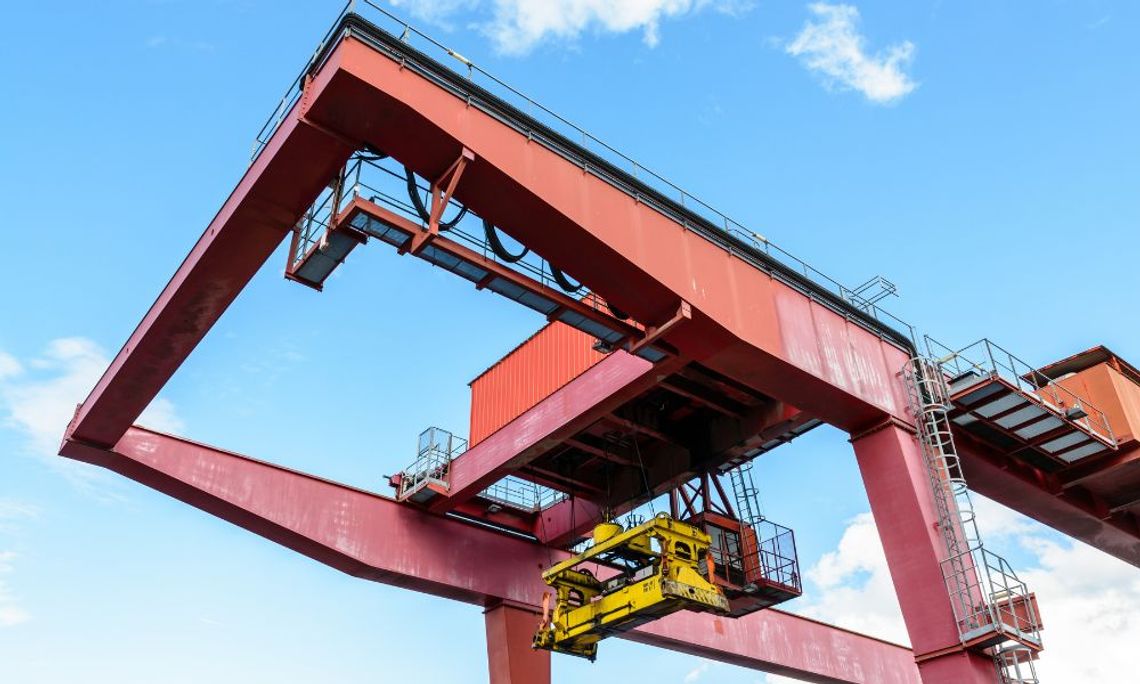Whether you’re transporting finished products or raw materials, transloading is an effective method for moving freight. With transloading, you can make one or more switches between different modes of transportation. Consider the importance of transloading in material shipping.
1. Optimized Shipping Processes
One advantage of transloading is that it allows you to choose the optimal transportation method for your cargo. Using rail for long-haul shipments saves you time and money, and when you get close to your destination, you can transfer the load to delivery trucks.
Equipment is key to smooth transloading. For example, when you choose railcar unloading equipment, consider getting an enclosed system that limits the displacement of materials.
2. Flexible Movement
With transloading, you have the flexibility to send products to the destinations that need them most. This flexibility also means that you can choose the best methods for reaching the product destinations you already have in mind. You can avoid logistical bottlenecks and get your materials and products to their destinations faster.
Flexible movement is vital to improving your shipping efficiency. If you want to keep your clients and customers happy by delivering materials on time or transporting perishable items safely, transloading can help.
3. Financial Savings
A crucial reason transloading is important for shipping materials is that it saves money. By streamlining the shipping process, you can increase your order fulfillment rate and retain satisfied customers.
Transloading also saves money on the shipping itself—you can choose shipping methods based on competitive pricing. And your ability to consolidate materials means that, in some cases, you might be able to bypass warehouses and move directly from one form of transportation to another.
When compared to intermodal shipping that keeps materials in one container the whole time, the flexibility of transloading offers many distinct advantages. Consider how you can use transloading to optimize your shipping processes and save time and money.


Comment
Comments